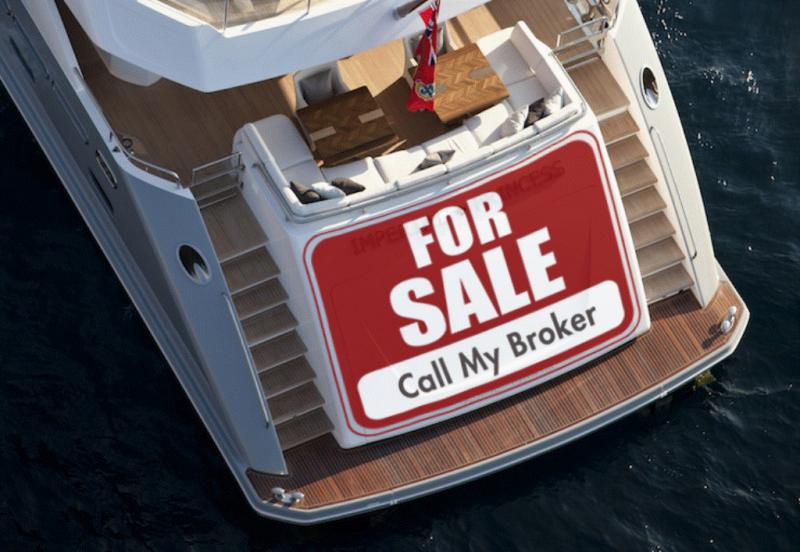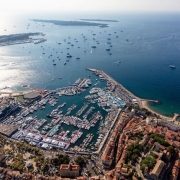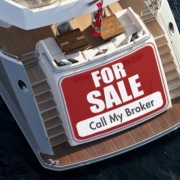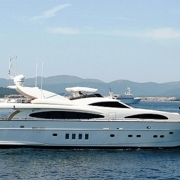What is the recommended procedure to purchase a yacht safely
30 September 2015




Initially, it is essential to communicate as best you can your expectations to your selected broker. Indeed, you will be much more efficient by clearly indicating your preference in size, number of cabins, shape, performance but more especially your maximum budget. Remember there are reasons for some shipyards to have better reputation than others, their yachts are simply better quality, they’re better serviced throughout the Mediterranean and more importantly, they will have a superior resale value.
If your choice has been oriented to a new yacht in inventory, the boat dealer or distributor must provide you with a sales contract. You are also entitled to a sea-trial. A survey is recommended as well if the yacht has been demoed. Make sure you’re given all manuals and especially the manufacturer’s warranty at delivery, along with her CE compliance.
A new construction yacht is somewhat more complex. You will have to appoint a “project-manager”, who can be either your trusted broker or, better, the Captain you’ve pre-hired to run the yacht when delivered. Make appointments to personally inspect the progress of your yacht by visiting the shipyard a few times. These projects definitely need some level of personalization, so you, your family and your Captain can influence the customization and decoration of the yacht and this involvement makes these projects very exciting. Be safe by asking the shipyard for a banking guarantee against any down-payment you make.
For a pre-owned yacht, ask your broker for a preliminary list of proposals. We advise that you then narrow-down such list to a maximum of 5 yachts that you’re willing to inspect. One way to reduce this list without the sales pressure is to source boat tests in magazines and websites.
Once your choice is made, make a written, formal offer with a reasonable deadline for acceptance. If your offer is accepted, the broker will generally propose to you a Mediterranean Yacht Broker’s Association Memorandum of Agreement (MYBA MoA), or equivalent contract to sign. Even if these contracts are safe for all parties and used by every serious broker, make sure to have it checked and validated by your habitual legal counsel.
Generally, you will have to immediately put down a 10% deposit into an escrow account (you can choose your broker’s or a law firm’s); the balance can be paid upon final acceptance of the yacht.
You must then have the yacht put ashore and inspected by an independent surveyor; preferably from the flag state you’ve chosen to register your purchase (this will save you money by having to re-survey the boat). The surveyor also needs to be present at sea-trial and observe the behavior of the yacht while sailing. He may also take some oil samples from the main propulsion systems components and send them to a laboratory. Once these analysis are ready, he will transmit his final report to you. Make sure the surveyor of your choice is a competent one by verifying his accreditations.
Based on the report’s results, you can either reject the yacht or accept it (sometimes with a slight re-negotiation possibility).
Upon delivery, make sure to be delivered the previous certificate of registry, a copy of the previous policy of insurance, EU compliance, commercial class (for charter yachts) and all manuals belonging to the boat or her components. A history of service and maintenance invoices is also appreciated. The brokers will then have to deliver either an invoice or a bill of sale. Be particularly careful of the intricacies in purchasing a repossessed boat, only a knowledgeable broker especially experienced in these kinds of transactions will make this process acceptably understandable and convenient for you.
Contact us if you have more questions
In every case, most closing costs are at the charge of the buyer and good advice from your broker or lawyer for the choice of ownership / flag state registration are crucial.











